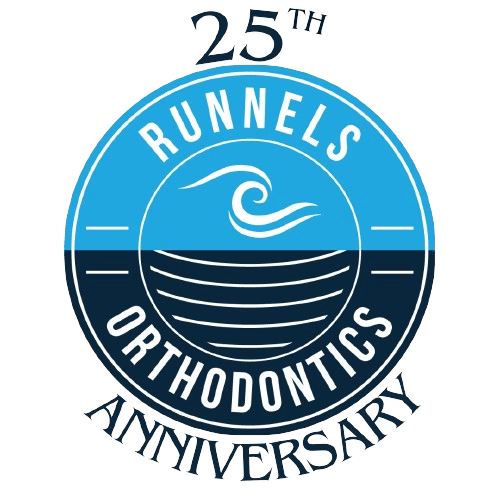The term TMJ stands for temporomandibular joint and muscle disorders, which are really a set of conditions that can lead to pain in the jaw joint and in muscles needed for jaw movement. The National Institute of Dental and Craniofacial Research reports that as many as 10 million people in the United States may suffer from TMJ.
At M. Scott Runnels Orthodontics and Dentofacial Orthopedics in Destin and Panama City Beach, we can help determine if you may be suffering from TMJ and recommend possible treatments to ease the pain. For most patients, jaw pain or pain in surrounding muscles does not indicate a serious condition – and pain often disappears without treatment. But others can suffer from significant and long-term pain.
The NIDCR reports researchers are working to determine what’s behind TMJ and what the best treatments are, but that hard evidence has been difficult to come by.
While TMJ disorders and how they impact patients can vary a great deal, researchers generally concur that such conditions can be broken down into three key categories:
- Myofascial pain: This includes discomfort or pain in muscles needed for the jaw to function.
- Arthritis: This is a group of degenerative and/or inflammatory joint disorders that impact the temporomandibular joint.
- Internal: A displaced disc or dislocated jaw.
How various jaw joint and muscle conditions progress remains unclear. Symptoms can flare up and decrease over time, but why they do is unknown. Jaw trauma or trauma to the temporomandibular play roles in some TMJ disorders. But for the majority of jaw joint and muscle problems, researchers don’t know the causes. For many sufferers, symptoms can begin without an obvious cause. But the NIDCR reports that research refutes the belief that bad bites or orthodontic braces are behind TMJ disorders.
Along with pain in muscles associated with chewing and the jaw, other likely TMJ symptoms are:
- pain that radiates in the face, neck or jaw.
- Stiff jaw muscles.
- Poor movement, or locking of the jaw.
- Clicking, grating or popping in the jaw joint when you open or shut your mouth.
- Changes in how upper and lower teeth come together.
Recommended treatment for TMJ is usually conservative in approach because more information is needed on the safety and effectiveness of many treatments.
Because the majority of jaw joint and muscle problems are likely temporary and don’t worsen over time, simple actions may be all that’s needed to relieve pain.
Steps you can take that may help reduce painful symptoms include:
- Choosing soft foods to eat.
- Applying ice to painful areas.
- Avoiding jaw movements that cause pain, for example wide yawning, chewing gum and even exuberant singing.
- Trying to learn ways to relax and reduce stress.
- Using low-movement jaw stretching and other relaxing exercises that can promote increased jaw movement.
If you are in pain, use over-the-counter pain relievers or anti-inflammatory drugs (NSAIDs), like ibuprofen.
Conservative treatments and actions can help relieve temporary pain, but they are not cures for TMJ. If symptoms continue over a long period of time, return often or get worse, it’s likely time to see a doctor to rule out potential serious health problems.

